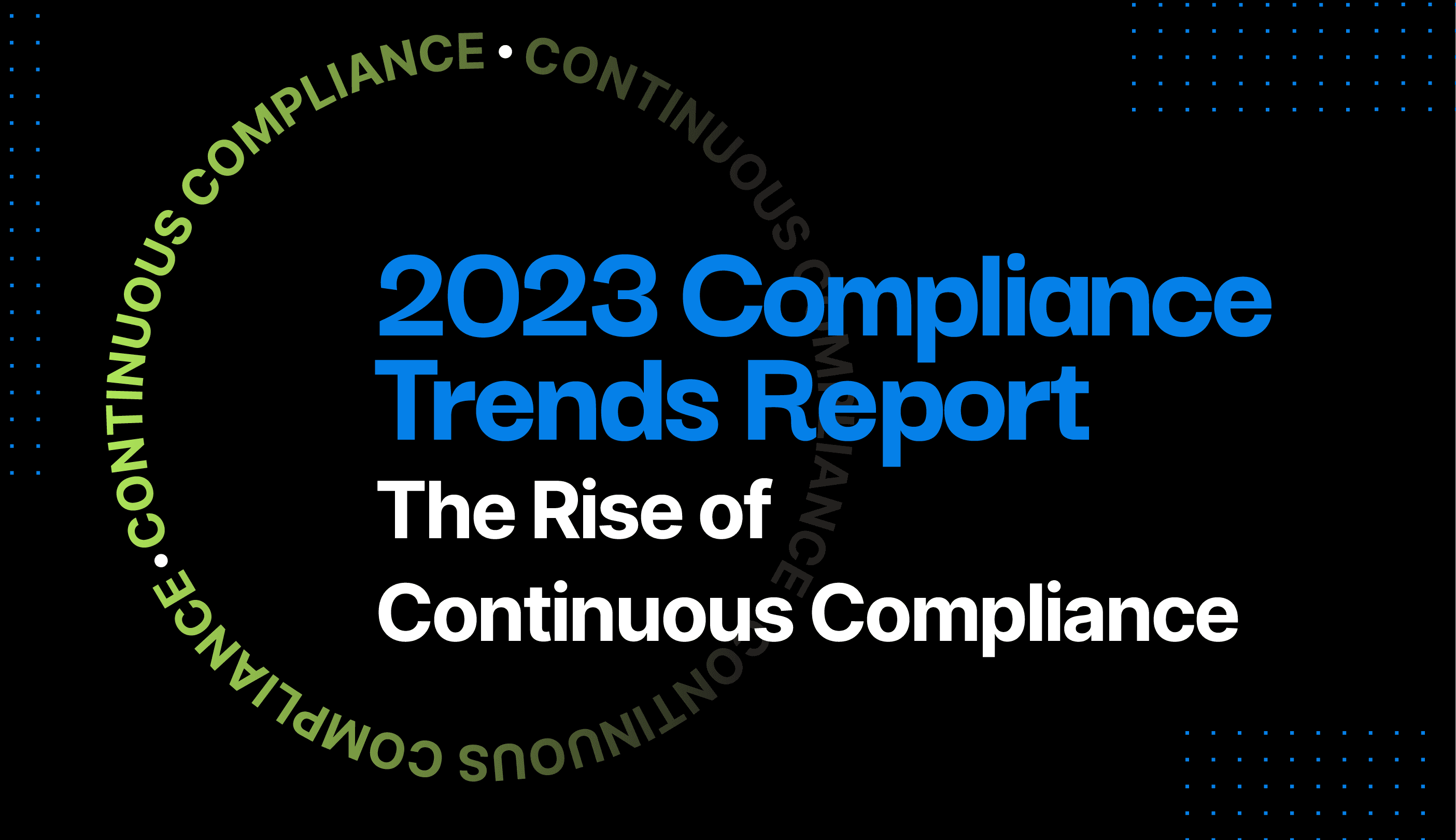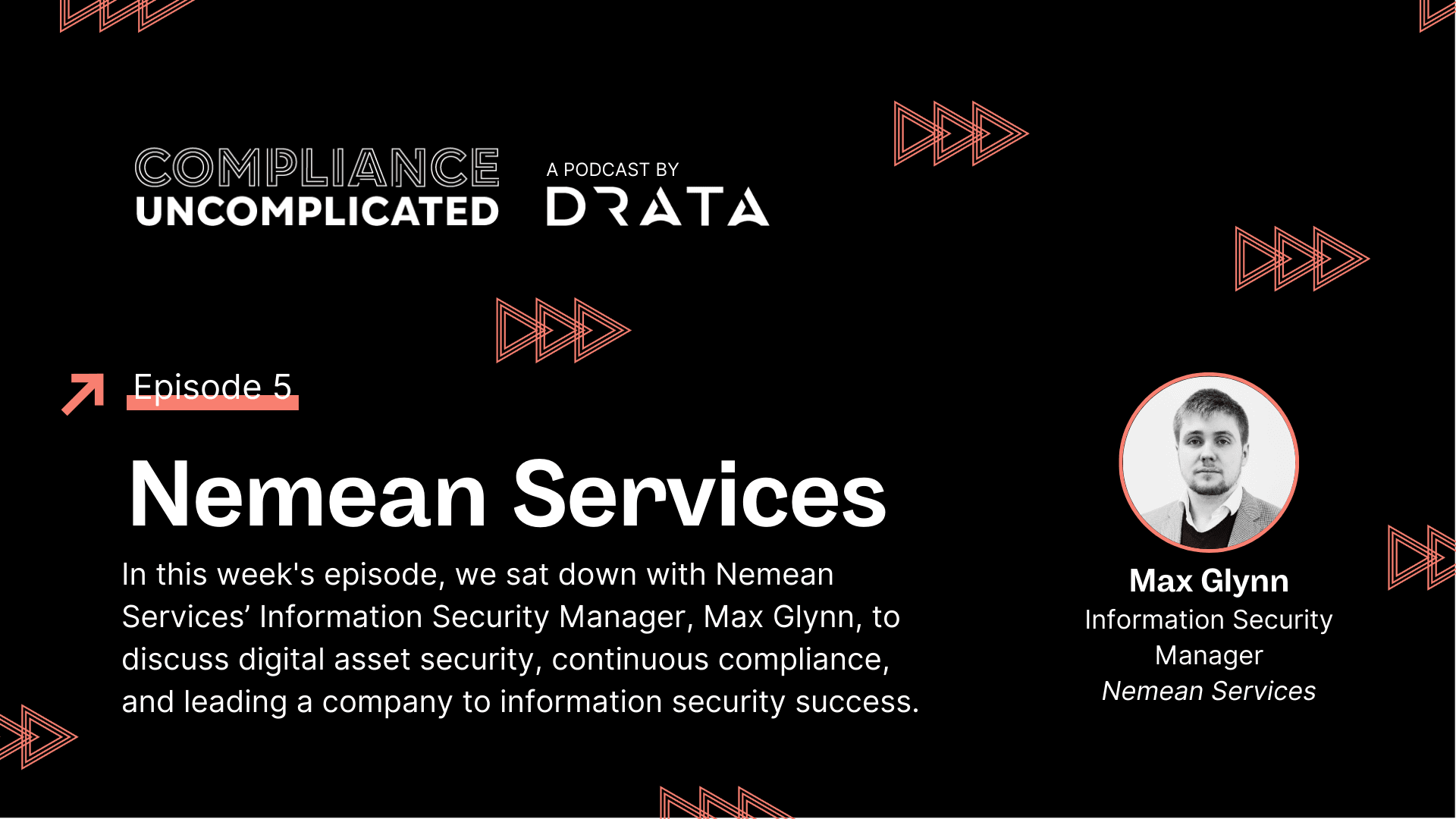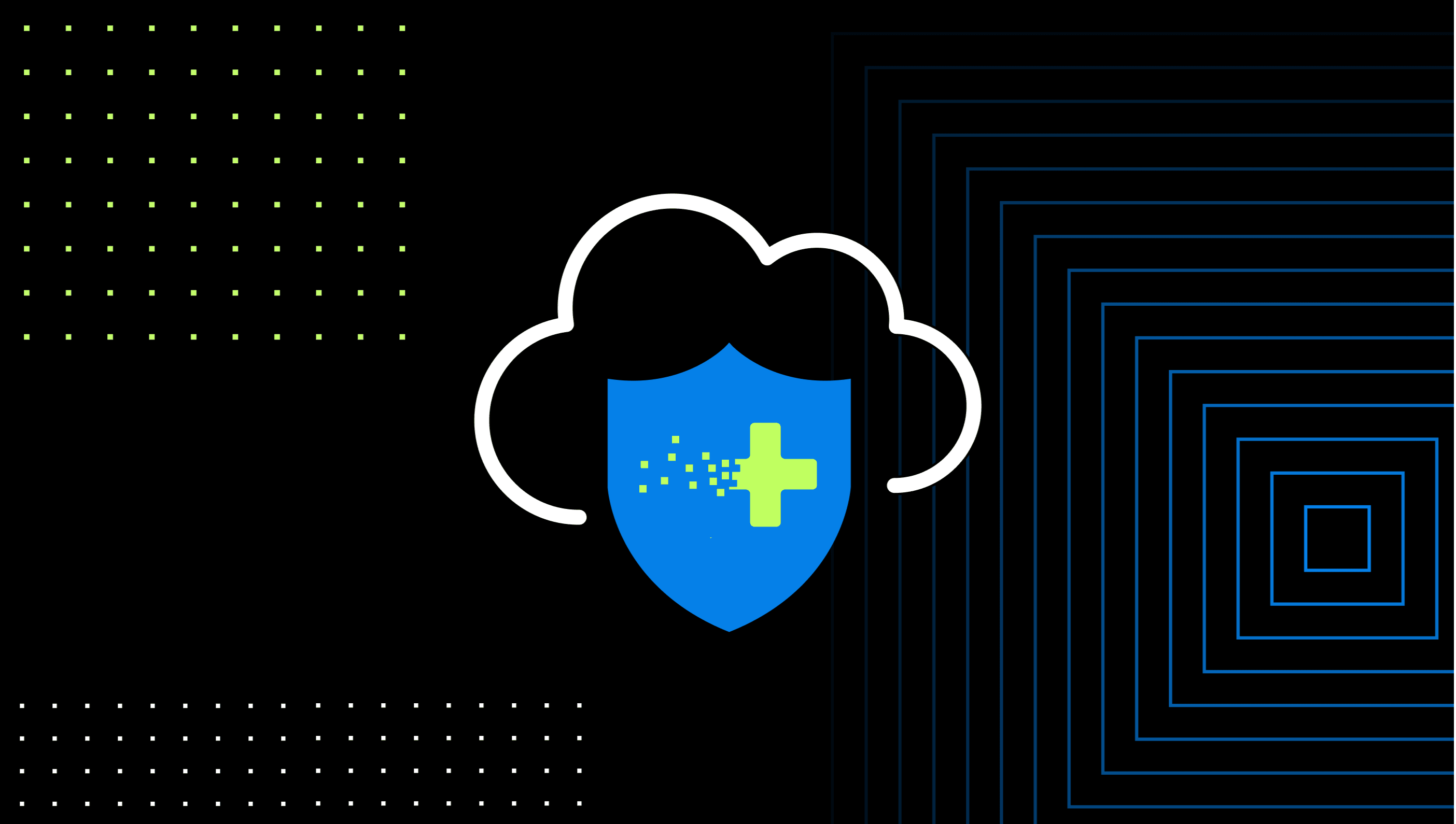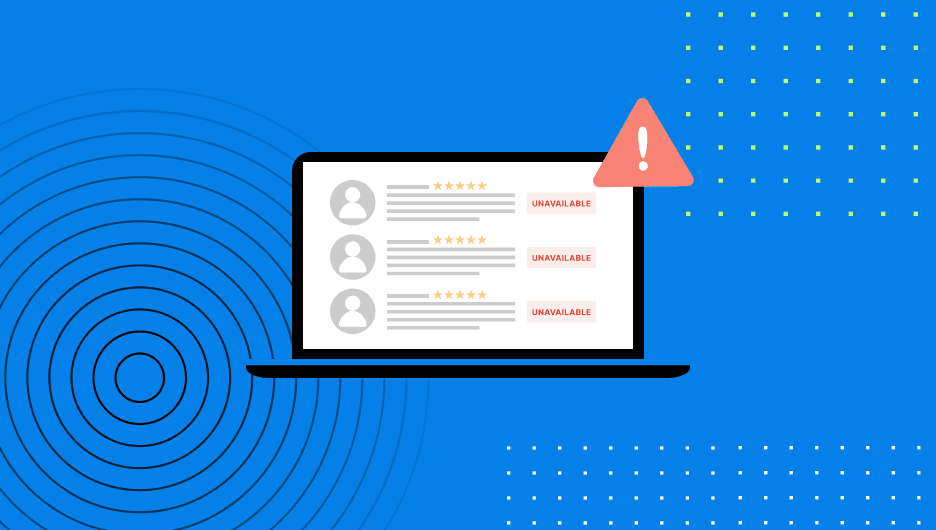What is Cloud Compliance? + Best Practices
Moving IT from the data center to the cloud doesn’t make security compliance issues magically vanish. Here’s what you need to know about cloud compliance.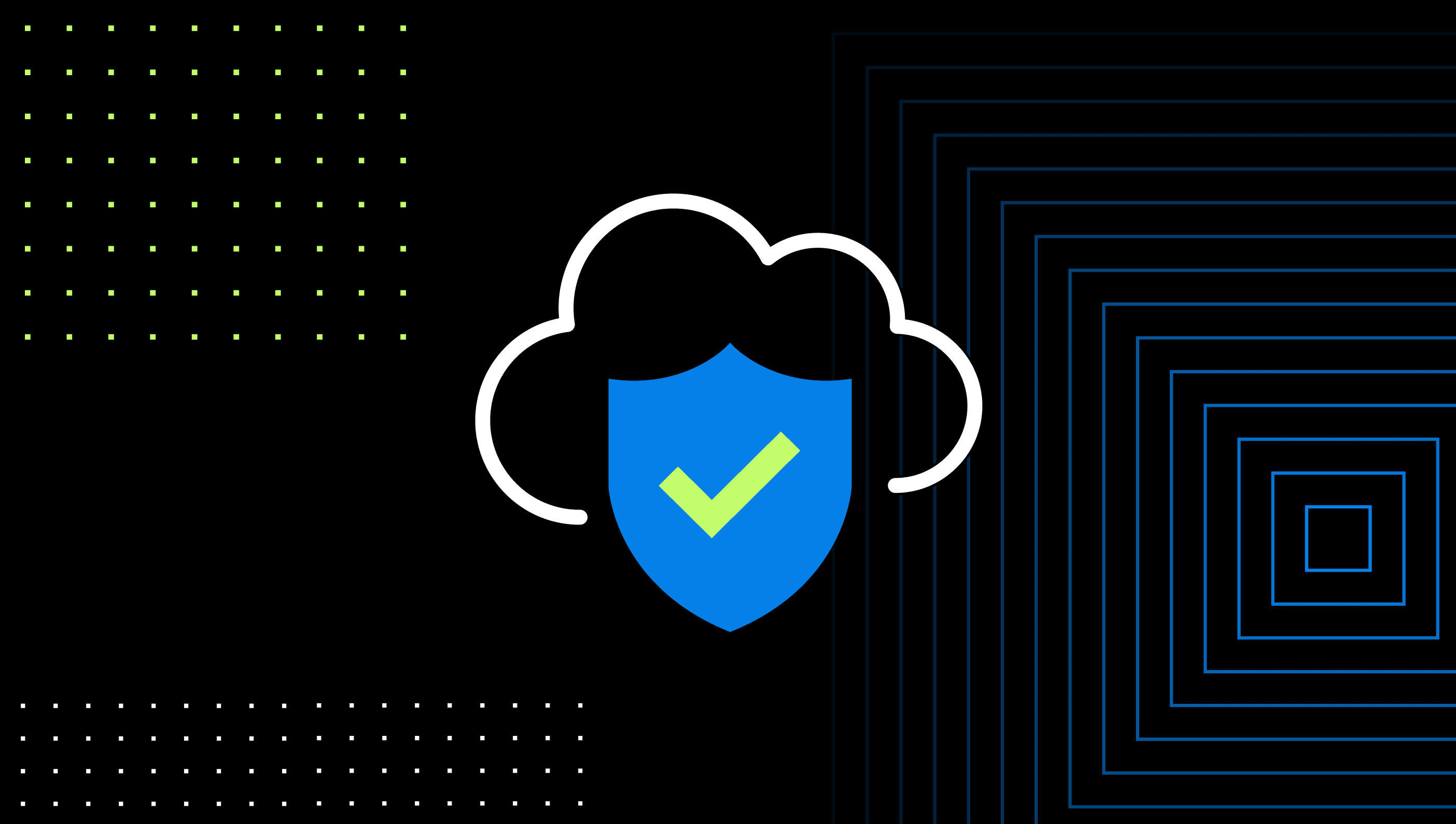
Moving “to the cloud” doesn’t free your organization from information security or data privacy concerns. In fact, you will face new risks as third-party vendors replace your on-premises systems. Controlling those cloud risks is easier when you adopt security frameworks like ISO/IEC 27001 or SOC 2.
This article will explain the importance of cloud compliance and offer best practices to improve your organization’s security in the cloud.
What is Cloud Compliance?
Cloud compliance is a continuous process that ensures your cloud-based information systems adhere to standards and regulations governing security, privacy, and governance.
Although IT infrastructure in the cloud relies on cloud service providers, Software-as-a-Service vendors, and other third parties, you bear the ultimate responsibility for protecting your organization from risk.
Cloud compliance ensures that everyone inside and outside the organization plays their role in keeping systems and data safe.
Key Components of Cloud Compliance
The cloud can transform your business—but only if you keep your cloud systems and data safe. Get off to the right start by basing your cloud compliance program on these four components:
Standards and Regulations
You can find dozens of frameworks for securing information systems. Some are voluntary, others are required by industry, and others are legally mandated. All give their users objective criteria for protecting networks and data.
Governance
Leadership must define the company’s security goals, policies, and risk tolerance. If the board and executive team prioritize compliance, so will the rest of the organization.
Planning Process
Compliance does not happen only within the compliance team. It depends on active participation by stakeholders across the company. Your planning process must engage people at all levels to get their buy-in and support.
Continuous Monitoring and Improvement
A successful audit only shows you were compliant. Anything can happen after receiving the audit report.
Continuous monitoring is the only way to ensure that compliance is maintained.
In the short term, alerts let you address issues as they arise. Over time, regular reviews of monitoring data will improve your compliance processes.
Importance of Cloud Compliance
All the threats to your on-premises systems, from phishing to zero-day vulnerabilities to business continuity, apply to your cloud infrastructure.
A recent survey found that two-thirds of businesses store a significant amount of sensitive data in the cloud. Nearly half of the respondents reported cloud security breaches or audit failures. Moving things off-premises did not eliminate their risks.
Cloud compliance provides the formal processes that minimize risks to your cloud infrastructure.
Common Regulations and Standards
The compliance frameworks that apply to your company will depend on leadership priorities as well as the industries and geographies you serve. Here are some common voluntary, industry, and regulatory frameworks to consider.
Voluntary Standards
Demonstrating your company’s commitment to data security can inspire confidence among customers. Common voluntary standards are:
ISO/IEC 27001: Information security, cybersecurity and privacy protection—Information security management systems—Requirements
ISO/IEC 2770: Security techniques—Extension to ISO/IEC 27001 and ISO/IEC 27002 for privacy information management—Requirements and guidelines
SOC: Systems and Organizational Controls for Service Organizations
Industry Standards
An entire industry will adopt standards to reassure investors, customers, and regulators that they follow acceptable cybersecurity practices. Some examples include:
Payment Card Industry Data Security Standard (PCI DSS)
Microsoft Supplier Security & Privacy Assurance (SSPA) Program
National Institute of Standards and Technology Cybersecurity Framework (NIST CSF)
Regulatory Standards
Depending on the industries or geographies your business serves, you may need to adopt regulatory frameworks as:
Health Insurance Portability and Accountability Act (HIPAA)
Cybersecurity Maturity Model Certification (CMMC)
General Data Protection Regulation (GDPR)
California Consumer Privacy Act (CCPA)
Federal Financial Institutions Examination Council (FFIEC)
NIST SP 800-53 Security and Privacy Controls for Information Systems and Organizations (NIST 800-53)
6 Best Practices to Improve Cloud Compliance & Security
Protecting your cloud systems requires a relentless focus on compliance, but where do you start? These six best practices will help you concentrate on the critical aspects of cloud security.
1. Understand All Compliance Requirements
Identify the compliance requirements that apply to your company. Even if these frameworks do not mention the cloud, your cloud vendors will fall under the framework’s third-party risk management guidelines.
Be sure to evaluate your company’s exposure to international compliance. Delivering services to people in the European Union, for example, makes your business subject to GDPR’s data privacy rules.
2. Evaluate Shared Responsibilities
Cloud vendors apply a shared responsibility model. Your third-party providers manage certain things while you manage others. What is not shared is the management of your company’s risk.
You must understand the implications of each provider’s shared responsibility model. Similarly, you must define, monitor, and enforce service-level agreements with each cloud provider.
3. Encrypt Sensitive Data
Properly encrypting customer information, passwords, and other sensitive data mitigates the impact of a security breach.
4. Apply Least-Privileged Access Policies
Mitigate cloud security risks by applying the principle of least-privileged access. Create need-to-know policies that limit who may access cloud resources, from which networks, and under what conditions.
5. Continuously Monitor Compliance
Systems that constantly monitor your compliance controls let you respond to issues before they become problems. Automation and machine learning tools can address minor issues, freeing your compliance teams to address higher-priority events directly.
6. Review, Revise, Repeat
Compliance is a process that evolves with the risk environment. Regular audits will reveal gaps, but you need more proactive practices. Before the company makes a significant business decision, review how it will affect your compliance strategy.
Achieve Continuous Cloud Compliance
Cloud compliance based on independent security frameworks helps you control cloud security risks. The components and best practices shared in this article can get you started.
The key takeaway is that compliance is a continuous process, not an event.
Constantly evaluating compliance—especially to multiple standards and regulations—is impossible to do manually. Drata can help you automate compliance monitoring for 14+ frameworks, even custom ones. Our single platform improves visibility across your cloud infrastructure and lets you respond in real-time to emerging events.
2023 Compliance Trends Report
Drata surveyed 300 established and enterprise organizations to tap the pulse of the state of risk and compliance. In doing so, we identified related trends, perceptions, and how compliance impacts the business. This year, the primary takeaway is that a mature compliance program will accelerate a business, not slow it down.
